Half-Life: Alyx is a watershed moment for virtual reality
'We’re definitely excited to explore more opportunities in the Half-Life universe'
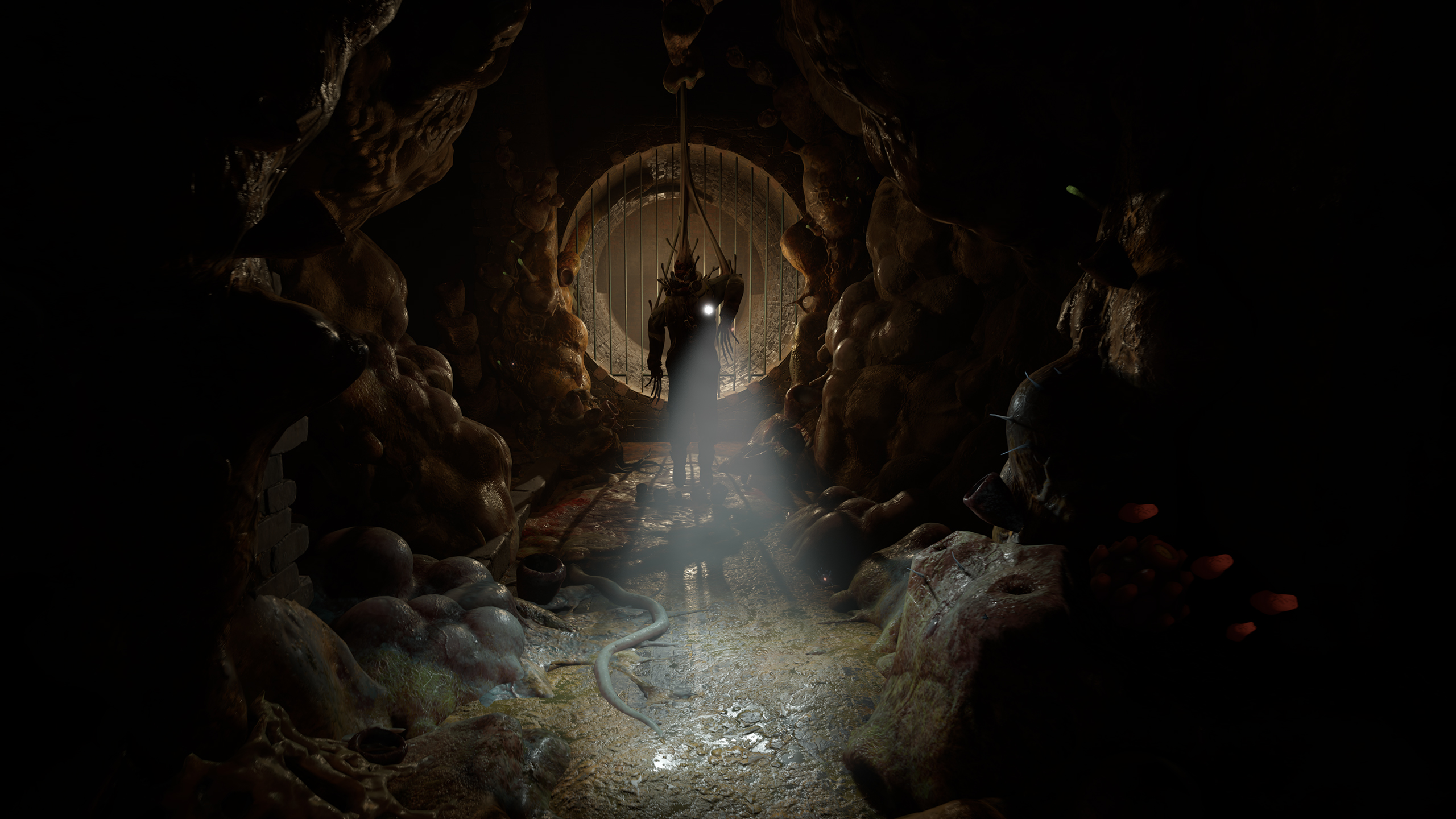
At some point during the 12 years that we’ve spent waiting for another Half-Life game, there came a sense of acceptance. As the hope of Half-Life 3 went from a tantalizing reality to an overwrought joke, many believed that we may never see the series again, or at least, the version we’d end up with would be a shade of the source material.
That’s why some fans appear to have distanced themselves from Half-Life: Alyx - how could Valve possibly follow-up one of the most influential games of all-time through the burgeoning lens of VR? People saw it as a spin-off, a prequel no less - something that surely wouldn’t get to sit at the same table as its mythic predecessors.
Well, I am delighted to inform that sect of sceptics that they need to start chewing their way through their Headcrab hats.
- Best VR games 2020: the top virtual reality games to play right now
- Best PlayStation VR games: the best PSVR games around
- Best VR headset 2020: which headset offers the best virtual reality experience?
I’ve played all 15 hours of Half-Life: Alyx’s campaign, and, without a shadow of a doubt, this is a Half-Life game that fills the roomy shoes that Valve left behind in 2007.
It is, like its forebears, a mind-bending joyride with a physics system to die for. The inventive, head-scratching scientific puzzles you’re used to from the PC games? They’re here. Tense jaunts through zombie-infested death pits that instil terror better than most ‘horror’ games? Alyx has got that in droves. It even manages to balance out the oppressive dystopia of its setting with cheek-straining charm and heaps of Wolpaw wit. I’ll skip the narrative beats to preserve their grandeur, but let’s just say this is by no means a side story…
Following Freeman
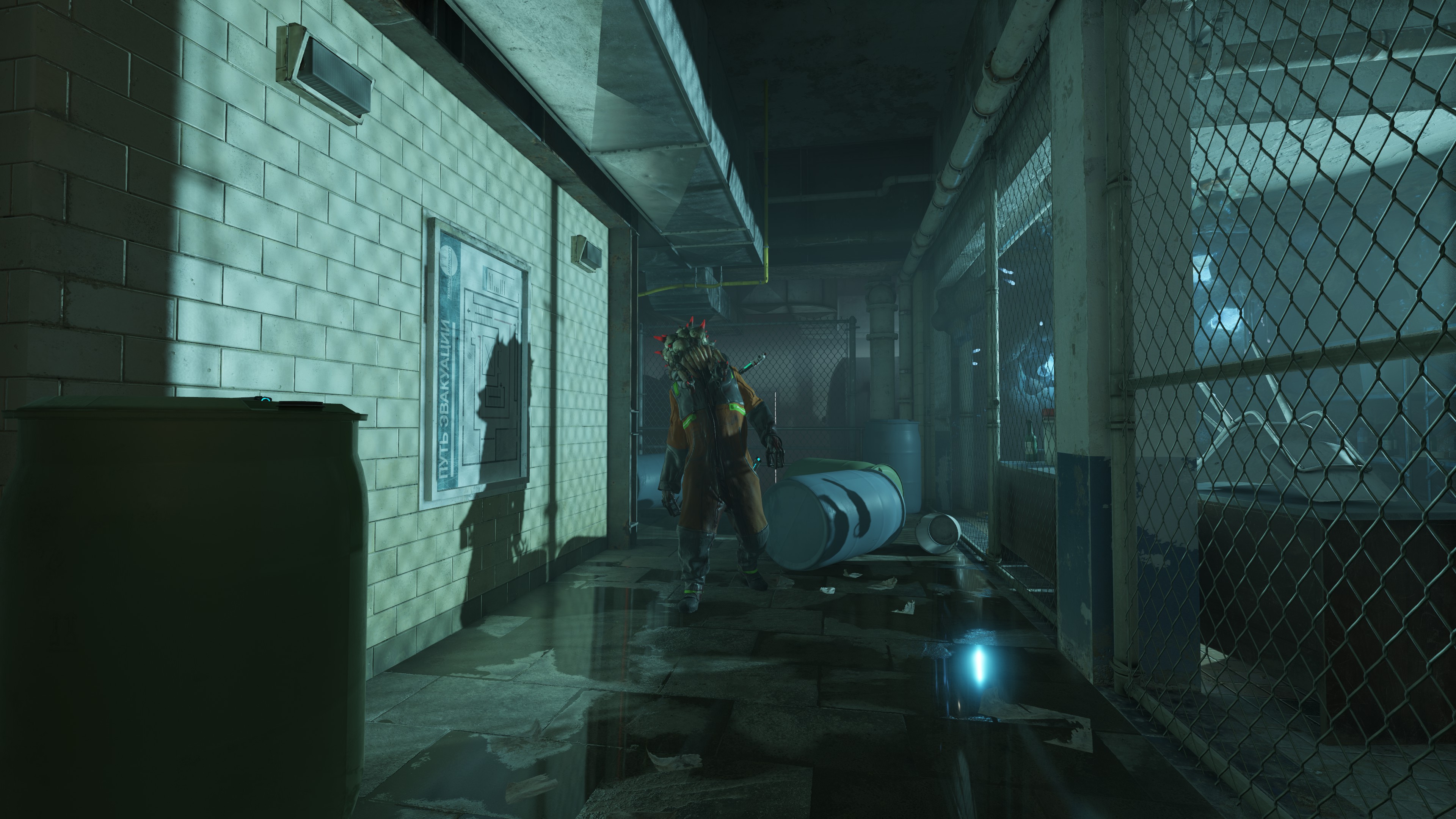
Valve is not Ubisoft. The company has no interest in churning out sequels to its revered series just for the sake of it. Instead, it needs to be able to change the landscape or say something to warrant a new project - and Half-Life: Alyx is the fruit of that ambition.
Valve wanted to make the first true AAA VR experience on a scale that hasn’t been attempted before and Half-Life: Alyx fits that bill. Going back to what you might call a ‘visceral’ console shooter after playing Alyx is like switching from a cocktail to a mocktail. There’s no strong aftertaste anymore - you’re just sipping on juice.
Get daily insight, inspiration and deals in your inbox
Sign up for breaking news, reviews, opinion, top tech deals, and more.
To help process the experience, I spoke to Tristan Reidford and Christine Phelan from Valve once I was a few chapters into my playthrough. Reidford is an artist who worked on a lot of the environment art, weapons and interactable objects in Alyx, and Phelan is an animator who helped to choreograph and breathe life into the new and returning creatures in the game.
They explain to me that, when it comes to the past decade of mysterious Half-Life experiments, some elements did survive and make their way into Alyx.
“The pistol that you have [in Alyx] is eventually going to become Alyx's Gun from Half-Life 2 through upgrades - and that model was originally built for Half-Life: Episode 3 in… whenever that was,” Reidford explains. “There's a few other bits and pieces that made it into the game - 10-year-old model fragments and content models which the team found and brought back.”
“I think for a lot of us in the company at large… we had a lot of ideas for Half-Life over the years, and it was really fun trying to figure out if those ideas would be a good fit for this product,” Reidford adds.
Whilst working on the look of Alyx, Reidford tells me that the character design team was wary of the “uncanny valley” when striking a balance in their art direction between the old games and this new project, which makes sense given how up close and personal you are with the assets in VR. This, alongside the new lighting technology of the Source 2 engine has contributed to a softer, more Team Fortress 2 look to some of the characters, but it never feels distant from the hallmarks of Half-Life.
Lambda core
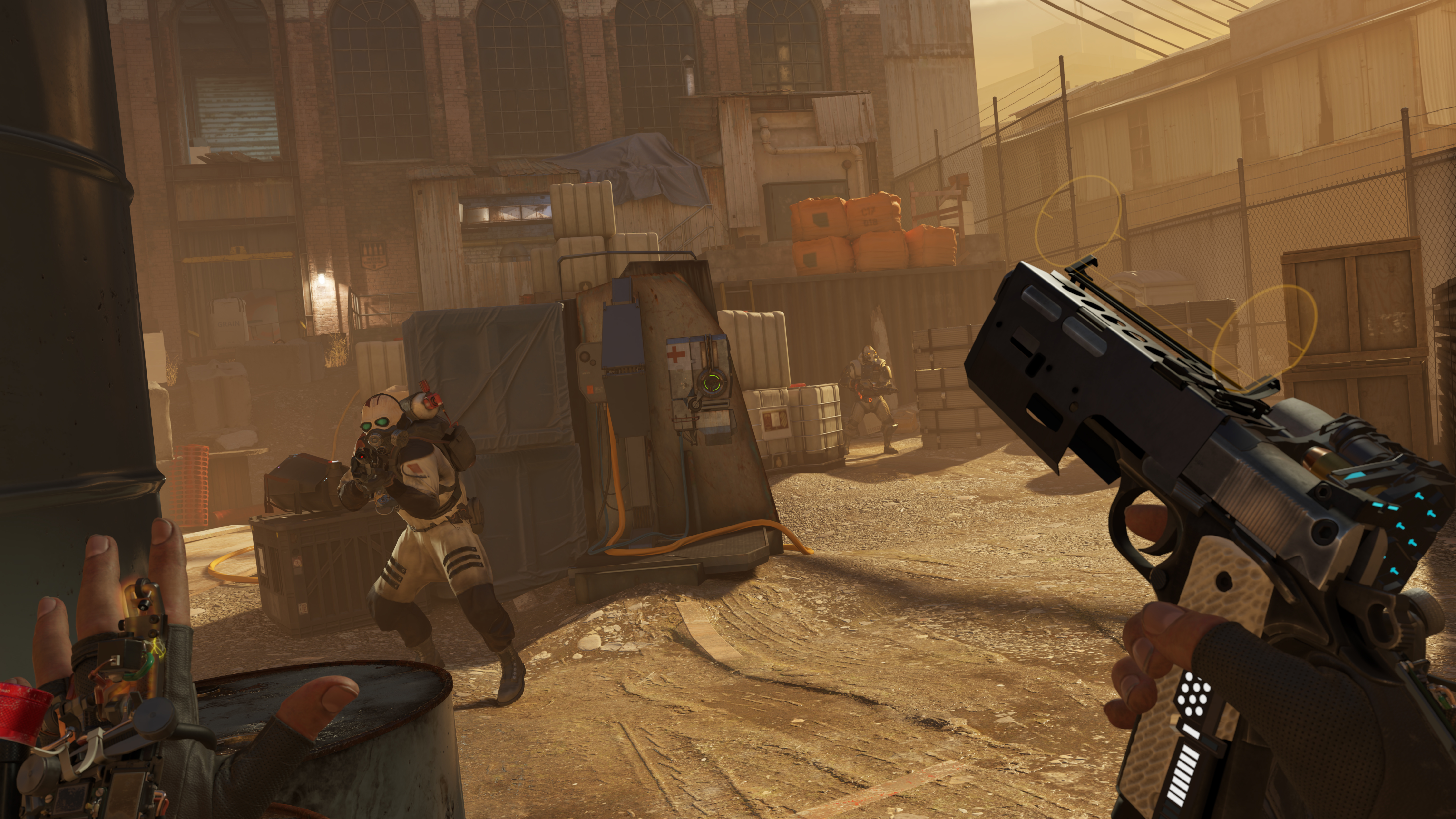
In fact, it’s quite comforting how much Alyx feels like a Half-Life game, down to the paraphernalia of City 17, a somewhat Soviet society that is lost in time between the technology of the 90s and a futuristic alien invasion. One of the earliest set pieces in the game is Russel’s Lab, which is full of VHS tapes and CRTs with old-school screensavers, the brutal architecture looming outside.
“It was our version of Kleiner’s Lab from Half-Life 2,” Reidford explains. “And it sets the game in a time where human technology has stopped.”
“Going back to late 90s hardware also gave us an opportunity to call back to that aesthetic with big chunky things that are fun to pick up in VR,” Reidford adds.
Much like its predecessors, Alyx also introduces its mechanics intuitively. It makes you learn enemy weak points and inventorial actions without breaking the immersion or holding your hand. Crucially, it manages to ground every piece of kit in Alyx’s arsenal in the narrative so that finding and using them becomes a meaningful interaction, leading to many moments that I won’t dare spoil.
Phelan talks about how they realized that levels they’d design with an amount of time in mind would take players way longer than they expected to complete because of player curiosity, and this led to a focus on letting the players “marinate” in the game world to give a sense of place to soak in the surroundings.
Instead of sensory overload, the team opted for big “bookmarks” where the player enters new areas to illustrate a change, like going from a populated street to the zombie-infested quarantine zone in the early hours of the game
It’s also worth noting that I played the game in two to four-hour stints and never once had to take a break due to nausea. This comes from someone who is no stranger to that feeling either - half an hour of Boneworks and I have to go stand in my back garden and recompile. Luckily, there are four different movement methods if you’re prone to it, and this might be a major factor in the success of Alyx - it’s highly accessible even to users who are new to VR and functions well across low-end and high-end headsets.
Anomalous materials
After a few hours, you soon realize that pulling items towards you with the gravity gloves is the key to the game’s dynamic combat, as it gives you power at close and long-range. You can yank life-saving syringes and ammo packs from the bodies of your enemies before darting behind and blasting them with your shotgun. I’ve found myself in all kinds of sweaty states, screaming in terror at the new zombies and wracking my brain for tactics as a swarm of manhacks tore at a glass window above me, the metallic hum of their blades ringing in my ears.
The team found it a challenge to balance Alyx’s horror segments and tense moments with making sure that the player can overcome those feelings and complete the task at hand. “We found that when players are in really stressful situations, they’re able to retain maybe one piece of information,” Phelan tells me. This is why there aren’t too many confusing elements at play in combat, but what remains is functional and fun.
One exciting aspect of Alyx is how it jumps between these disparate genres with remarkable grace - it knows just when to strike you with a story beat when you’re flagging from the heat of combat. This transcends to the puzzles too. In its infancy, it shows you how to trace wires through walls with your multitool and then hours later warps that cute mini-game into a feverish horror section. The game delights in toying with your expectations to make you realize the exciting potential of AAA virtual reality.
As you might expect from Valve, there’s a brain-melting level of detail here, to the point where you can see through the slats in wooden crates and crush cans with the grip of your fingers. Reidford tells me this is due to the power of VR as a model viewer, and how in normal games you don’t get to use the space between the player and their monitor like you would in something like Alyx. This naturally comes with a serious commitment to making said close-up objects appear functional - as such, Reidford calls the assets in Alyx “mechanically responsible.”
Unforeseen consequences
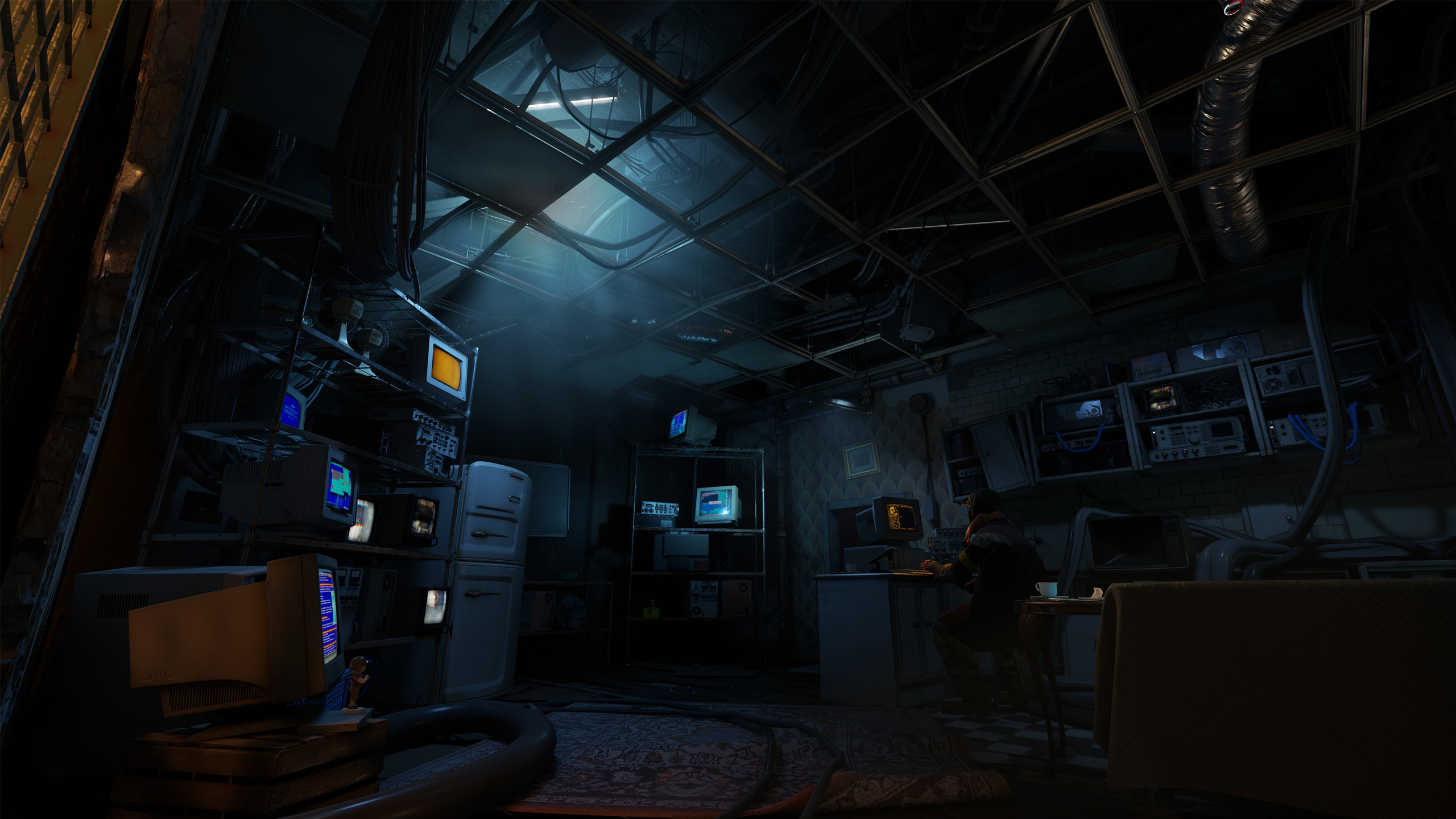
“The health display on the gravity gloves started out as a watch face, but it was too small. People could move their hand close to their face to read it, but players didn’t want to do that, especially under duress,” Reidford explains.
Phelan adds that the physicality of the assets is important for suspending the disbelief of players. This taps into the pacing of the game too - Reidford mentions how the team found it difficult to get the player’s attention. “We had to work harder to give the player a chance to notice things,” Reidford tells me. “Sometimes through playtesting we’d realize that although we wanted it to be a puzzle, the player doesn’t want a puzzle here, they want theatre.”
Yet it’s the moments when the game offers scale in a scene that it starts to really turn your gray matter to putty. Peering over a ledge and dropping live grenades into a den of miserly zombies is exhilarating, as is tiptoeing through a poorly lit apartment hallway, the walls crawling with Headcrabs as you lurch deeper into the atmos.
The soundtrack to these moments is full of early-aughts style and shifts between pulse-pounding trance and Reznor-esque industrial music. Phelan notes that her work on some of the game’s more horrific new monsters drew from her experience of watching Jurassic Park: “We’re not necessarily trying to rebuild an exact moment - but how do I recreate the feeling I had watching that for the first time in VR?”
The combat in Half-Life: Alyx eventually becomes rhythmic. It’s the only VR shooting I’ve properly stuck to and as such, it’s the only head-mounted game that I’ve binged. It’s certainly not bloated though, and can be beaten over a few days - even so, I’m itching to see what achievements I have left so I can pilfer the maps for secrets in my subsequent playthroughs. Post-game, I’ve found Alyx to be refreshing in the same way that Half-Life 2 is, and I can see myself dipping into it every so often to get lost in its dioramic playgrounds.
Our benefactors
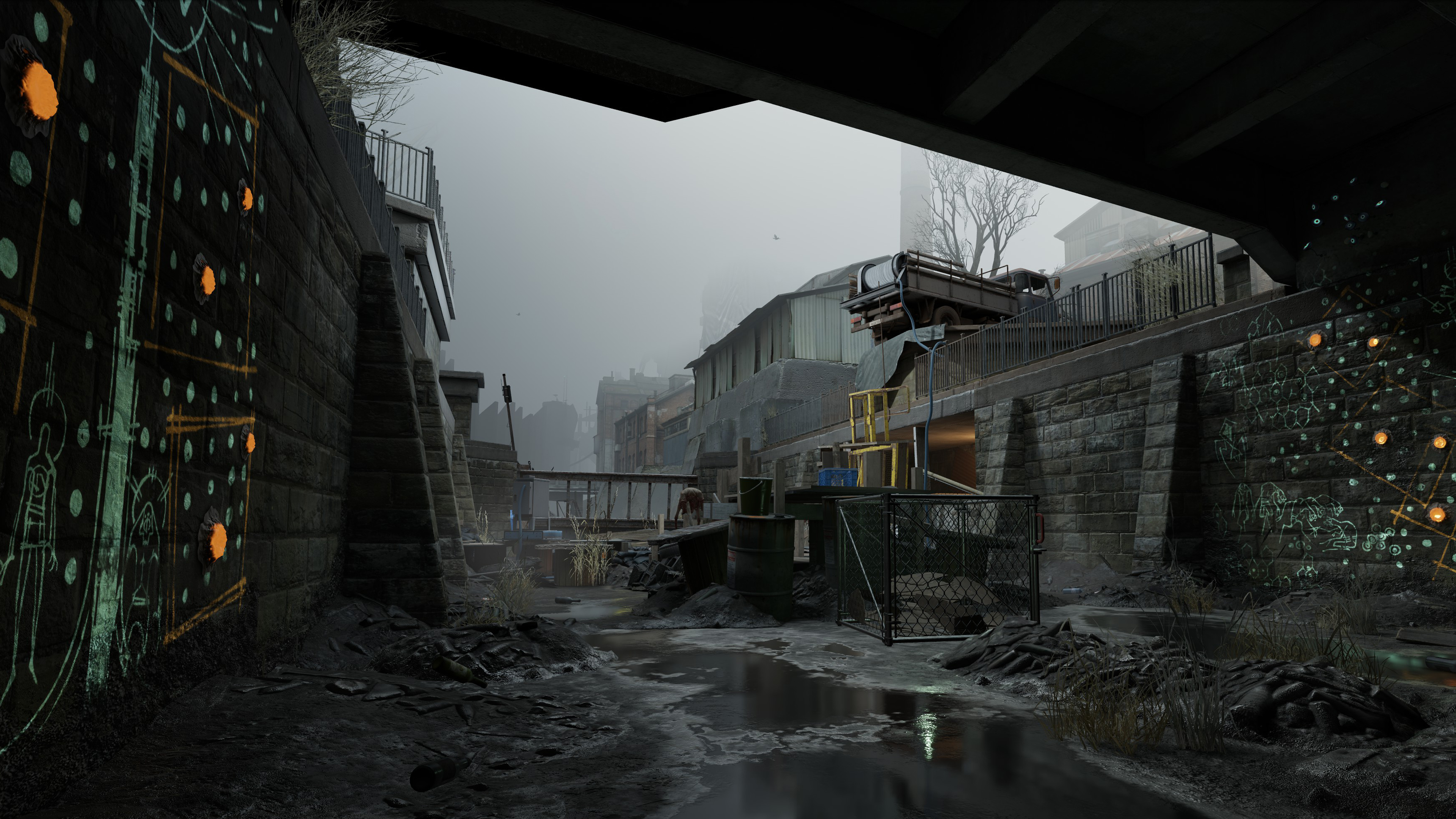
The ball is firmly in Valve’s court for the future of VR then, but I’m most excited about how the rest of the industry will react to a game like this. The high cost of entry aside, this is a bonafide game-changer that could have only been achieved in VR. As a result, it’s made the console shooters I’ve played after it feel decidedly lacklustre.
“We’re definitely excited to explore more opportunities in the Half-Life universe,” Phelan tells me as we wrap up our call. Taking the game’s narrative bombshells and ambition into account, I’d love nothing more than to see Valve tool up and follow Alyx with an iterative sequel in the near future. If not Half-Life, It’d be fascinating to see what they could do to adapt Left 4 Dead or Portal with this technology. Valve has raised the bar once more, so the only thing left now is to do it again.
Half-Life: Alyx is available on Steam now.
- New games 2020: the biggest games coming to console and PC
Jordan Oloman is a journalist and documentarian with experience across the pop culture/tech spectrum writing reported features, reviews. news, guides, op-eds and more for a wide variety of outlets. He is also an affiliate streamer on Twitch and have previous experience in scriptwriting, podcasting, game consultation and creating video content.
